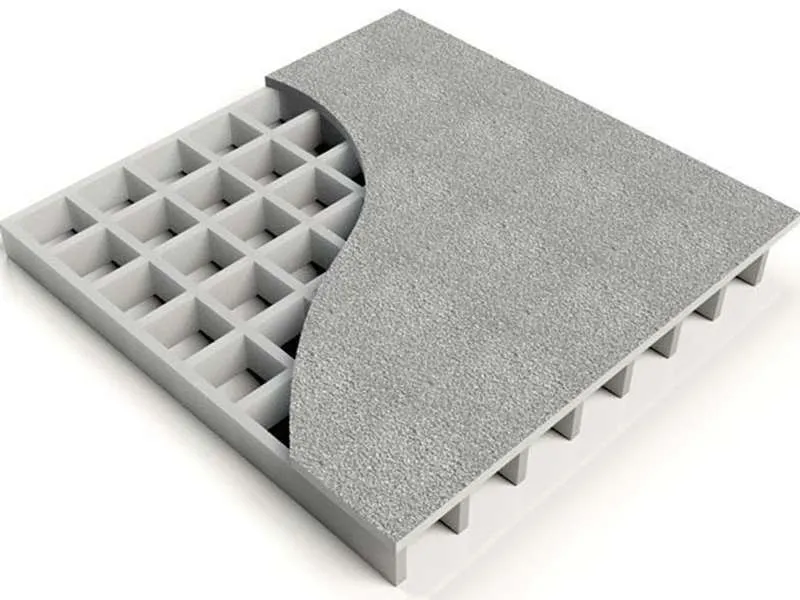
-
 Afrikaans
Afrikaans -
 Albanian
Albanian -
 Amharic
Amharic -
 Arabic
Arabic -
 Armenian
Armenian -
 Azerbaijani
Azerbaijani -
 Basque
Basque -
 Belarusian
Belarusian -
 Bengali
Bengali -
 Bosnian
Bosnian -
 Bulgarian
Bulgarian -
 Catalan
Catalan -
 Cebuano
Cebuano -
 China
China -
 China (Taiwan)
China (Taiwan) -
 Corsican
Corsican -
 Croatian
Croatian -
 Czech
Czech -
 Danish
Danish -
 Dutch
Dutch -
 English
English -
 Esperanto
Esperanto -
 Estonian
Estonian -
 Finnish
Finnish -
 French
French -
 Frisian
Frisian -
 Galician
Galician -
 Georgian
Georgian -
 German
German -
 Greek
Greek -
 Gujarati
Gujarati -
 Haitian Creole
Haitian Creole -
 hausa
hausa -
 hawaiian
hawaiian -
 Hebrew
Hebrew -
 Hindi
Hindi -
 Miao
Miao -
 Hungarian
Hungarian -
 Icelandic
Icelandic -
 igbo
igbo -
 Indonesian
Indonesian -
 irish
irish -
 Italian
Italian -
 Japanese
Japanese -
 Javanese
Javanese -
 Kannada
Kannada -
 kazakh
kazakh -
 Khmer
Khmer -
 Rwandese
Rwandese -
 Korean
Korean -
 Kurdish
Kurdish -
 Kyrgyz
Kyrgyz -
 Lao
Lao -
 Latin
Latin -
 Latvian
Latvian -
 Lithuanian
Lithuanian -
 Luxembourgish
Luxembourgish -
 Macedonian
Macedonian -
 Malgashi
Malgashi -
 Malay
Malay -
 Malayalam
Malayalam -
 Maltese
Maltese -
 Maori
Maori -
 Marathi
Marathi -
 Mongolian
Mongolian -
 Myanmar
Myanmar -
 Nepali
Nepali -
 Norwegian
Norwegian -
 Norwegian
Norwegian -
 Occitan
Occitan -
 Pashto
Pashto -
 Persian
Persian -
 Polish
Polish -
 Portuguese
Portuguese -
 Punjabi
Punjabi -
 Romanian
Romanian -
 Russian
Russian -
 Samoan
Samoan -
 Scottish Gaelic
Scottish Gaelic -
 Serbian
Serbian -
 Sesotho
Sesotho -
 Shona
Shona -
 Sindhi
Sindhi -
 Sinhala
Sinhala -
 Slovak
Slovak -
 Slovenian
Slovenian -
 Somali
Somali -
 Spanish
Spanish -
 Sundanese
Sundanese -
 Swahili
Swahili -
 Swedish
Swedish -
 Tagalog
Tagalog -
 Tajik
Tajik -
 Tamil
Tamil -
 Tatar
Tatar -
 Telugu
Telugu -
 Thai
Thai -
 Turkish
Turkish -
 Turkmen
Turkmen -
 Ukrainian
Ukrainian -
 Urdu
Urdu -
 Uighur
Uighur -
 Uzbek
Uzbek -
 Vietnamese
Vietnamese -
 Welsh
Welsh -
 Bantu
Bantu -
 Yiddish
Yiddish -
 Yoruba
Yoruba -
 Zulu
Zulu
frp car body
Exploring the Benefits of FRP Car Bodies A Revolution in Automotive Manufacturing
The automotive industry has always been at the forefront of innovation, constantly seeking ways to improve performance, reduce weight, and enhance safety. One of the most exciting developments in recent years is the adoption of Fiber Reinforced Polymer (FRP) for car bodies. This advanced material is transforming the way vehicles are designed and manufactured, offering a multitude of advantages over traditional metal bodies. In this article, we will explore the benefits of FRP car bodies and their impact on the future of automotive engineering.
Lightweight Construction
One of the most significant advantages of using FRP for car bodies is its lightweight nature. Traditional metal car bodies, typically made from steel or aluminum, contribute to the overall weight of the vehicle. Reducing weight is crucial for improving fuel efficiency and performance. FRP materials, which consist of a polymer matrix reinforced with fibers (such as glass or carbon), are significantly lighter than metals. This reduction in weight can lead to better acceleration, handling, and braking performance, ultimately enhancing the driving experience.
Improved Fuel Efficiency
.
Enhanced Durability and Resistance
frp car body

FRP materials are renowned for their durability and resistance to various environmental factors. Unlike metals, which can corrode and rust over time, FRP bodies are resistant to chemical exposure, moisture, and UV radiation. This intrinsic property greatly extends the lifespan of the vehicle and reduces maintenance costs for owners. Furthermore, FRP’s ability to absorb impact energy makes it an excellent choice for improving vehicle safety. In the event of a collision, FRP can withstand forces better, protecting the occupants and minimizing damage to the vehicle.
Design Flexibility
Another advantage of FRP car bodies is the flexibility they offer in design and manufacturing. The molding process of FRP allows for intricate shapes and designs that may be challenging or expensive to achieve with traditional metalworking techniques. This opens up new possibilities for automotive designers, enabling them to create more aerodynamic, aesthetically pleasing, and functional vehicles. The ability to innovate in the design phase can lead to distinctive models that stand out in a competitive market.
Cost-Effectiveness in Production
While the initial cost of producing FRP components can be higher than traditional metals, the long-term benefits can outweigh these initial expenses. The lightweight nature of FRP can lead to savings in logistics and materials handling during production. Additionally, as technology advances, the manufacturing costs of FRP are expected to decrease, making it a more viable option for mass production. The adoption of FRP technology can provide manufacturers with a competitive edge while responding to consumer demand for more efficient and innovative vehicles.
Conclusion
The use of Fiber Reinforced Polymer in car body manufacturing represents a significant leap forward in automotive technology. With its lightweight nature, enhanced fuel efficiency, superior durability, design flexibility, and cost-effectiveness, FRP is poised to play a pivotal role in the future of vehicle manufacturing. As the automotive industry continues to evolve, the integration of FRP materials may well become a standard practice, leading to safer, more efficient, and environmentally friendly vehicles. As consumers increasingly seek out innovations that align with their values and needs, the move towards FRP car bodies could very well define the next generation of automotive design and engineering.









